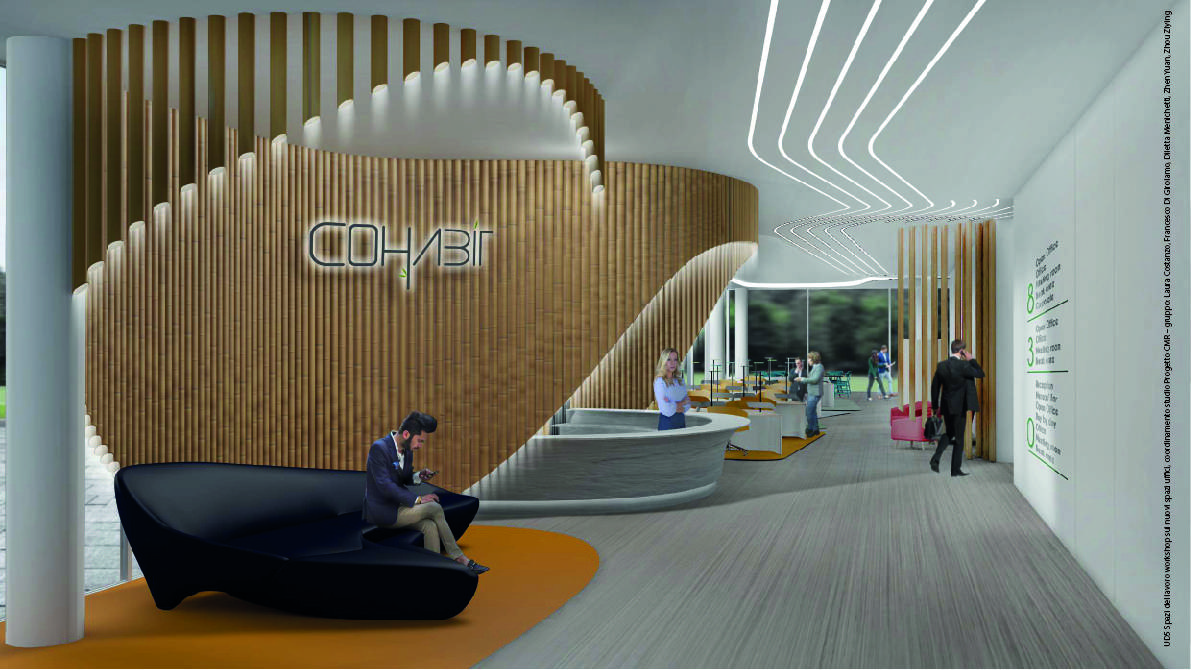Interior Design is the science and art of improving the inside of a structure to make it aesthetically pleasing and a healthier environment for those using the room. An interior designer is an individual who designs, plans, coordinates, and oversees these improvement projects. He or she will work closely with the property owner or the building manager to coordinate the desired changes in the room. There are many sub-specialties within the field of interior design, each requiring its own specialized training and experience. One of these sub-specialties is environment design, which looks at how a building’s existing features and environment can be changed in order to create a more attractive or user-friendly space.

Functional Interior Designers are concerned with how a room’s layout impacts the users. This may include how functional items such as furniture relate to the room’s layout or how well the room is maintained overall. Functional Interior Designers will also look at how things can be moved around in order to prevent clutter or allow for easy accessibility to areas that would not normally be accessed. These designers will often times work in conjunction with landscape architects.
Furniture Layout and Design Plans will vary depending on the size of the project, its scale and the function of the space being designed. Many interior designers will have specific guidelines or design plans for large or heavy furniture, but may go above or below the guidelines in some cases. The majority of modern homes contain some furniture of some sort, most often entertainment electronics, computers, televisions, and so on.
It is up to the home owner or builder to decide what functional furniture will fit inside the space that is being designed. In some cases, the designer will help you with this decision by suggesting how to maximize the functionality of the furniture. Modern interior designers have learned how to create functional furniture and keep it stylish, clean, comfortable and organized. Some designers may suggest only a few functional pieces of furniture and leave the rest for you to add as you like.
Functional Interiors designers also create spaces that are inviting to visitors. Many people do not like to spend time in a cold or dark room, so you should always try to create welcoming interiors. This can be accomplished with flooring and wall color that help you feel more comfortable and promote a relaxing environment. In addition, many designers create environments that encourage interaction with family members or guests. For instance, you may want to create a small lounge area or dining area away from your children where you can meet them and talk about work or play.
If you want to hire an interior decorator or other experienced professional for your design project, you should be sure to find out about their experience and training in interior design. Many designers are self-taught and do not have a lot of experience or education in the field. This means that they may be more open to suggestions than someone who has more training and experience. You can usually learn more about an interior designer’s business practices, clientele and workspace by talking to former clients. Talk to friends, coworkers and other people who have worked with a specific interior designer to learn more about them and whether or not you should use their services.